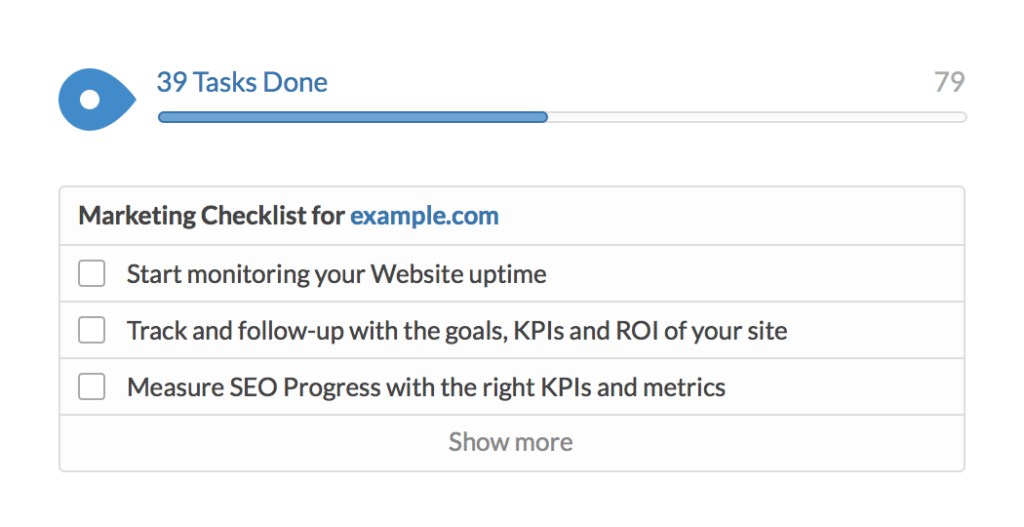With the multiple departments and locations of large enterprises, it’s not unheard of social media efforts overlapping. This can create issues of inconsistency or duplicate content. How can businesses resolve this issue? One solution is to develop a Social Media Center of Excellence (CoE). We’re excited to have our friends at Hot Potato Social Media delve deeper into the benefits of a CoE and the process of creating one within your organization, in the article below.
What is a Social Media Center of Excellence?
Depending on the size of your organization, Social Media CoE will consist multiple full-time and part-time employees, and possibly outsource partners dedicated solely to the social media efforts of the business. The team works to improve the effectiveness of social media campaigns, maintain consistency, and enhance economies of scale. They create focus for these campaigns, rather than having the company invest countless dollars in social media with minimal conversion. To accomplish this, CoE’s develop social media policies and monitor all relevant company accounts.
With a CoE, content becomes:
- More coherent
- Less duplicative
- More measurable
- More answerable
- Better organized
This means a better consumer experience and an improved brand image.
5 Steps to Build a CoE
Sprinklr offers some important steps for creating a CoE. These steps are as follows:
1. Understand the CoE’s Main Purpose: Centralizing Your Social Media Support
Look at all of the social media efforts within your organization. Efforts usually include: 1-2 major initiatives, 5-10 departmental initiatives, and some small, informal activities. When establishing a CoE, all activities moving forward will receive support. The CoE will ensure that tools, processes, and policies are consistent. They will also create rules, set goals, and monitor progress. Data will then drive future social media decisions to optimize results.
2. Identify Your Key Activities and Employees
Besides responding to requests for assistance across the organization, the CoE does practice some proactive activities, including:
- Centralized listening (tools and systems)
- Training
- Measuring
- Reporting
- Relaying key events to stakeholders
- Evaluating tools
- Forming social strategies
- Managing risk
Too frequently, the teams managing the above tasks are too small, e.g. only 1-2 staff. Larger or more mature social teams usually consist of 5-10 staff, and possibly outsourced resources for specialized skills. The employees include:
- Social Media Manager (leader of CoE)
- Content Manager
- Community Managers
- Subject matter experts (SMEs for technical scenarios)
Identifying key players and tasks is important to formalizing the goals of your CoE. It’s critical to know who and what is involved before moving to the next step.
3. Manage the Social Portfolio
This portfolio includes the different platforms, standards, tools, and identities. The CoE will have the task of using standards to create a consistent and orderly social presence among platforms and identities. The team will use both current and new tools to minimize the following issues: fragmentation, excessive effort, duplication, and risk.
4. Create Requirements and Goals
Stakeholders of the CoE – which consists of the executive team and internal customers – will be the ones to set the team’s objectives, including the vision, expected level of service, and business goals. These expectations typically include an improvement in these areas:
- Consistency
- Efficiency
- Risk
- Data tracking
- ROI
Typically, these goals are reviewed by stakeholders once per year to assess the performance of the CoE.
5. Utilize the Knowledge Base
The CoE offers the organization a significant advantage: knowledge about how to best apply social media. The CoE’s processes and activities help to provide stakeholders with information they can learn from. Social repositories of information can help the CoE, stakeholders, and other organization members to learn best practices.
Social CoE’s are Key to Optimizing Results
Disorganized social efforts hurt brand image, waste time, and cost the company valuable money. Social CoE’s will ensure efforts and investment are put to better use. The result is a more efficient and effective organization with a strong brand image.
To learn more about forming a CoE, contact Hot Potato Social Media.



